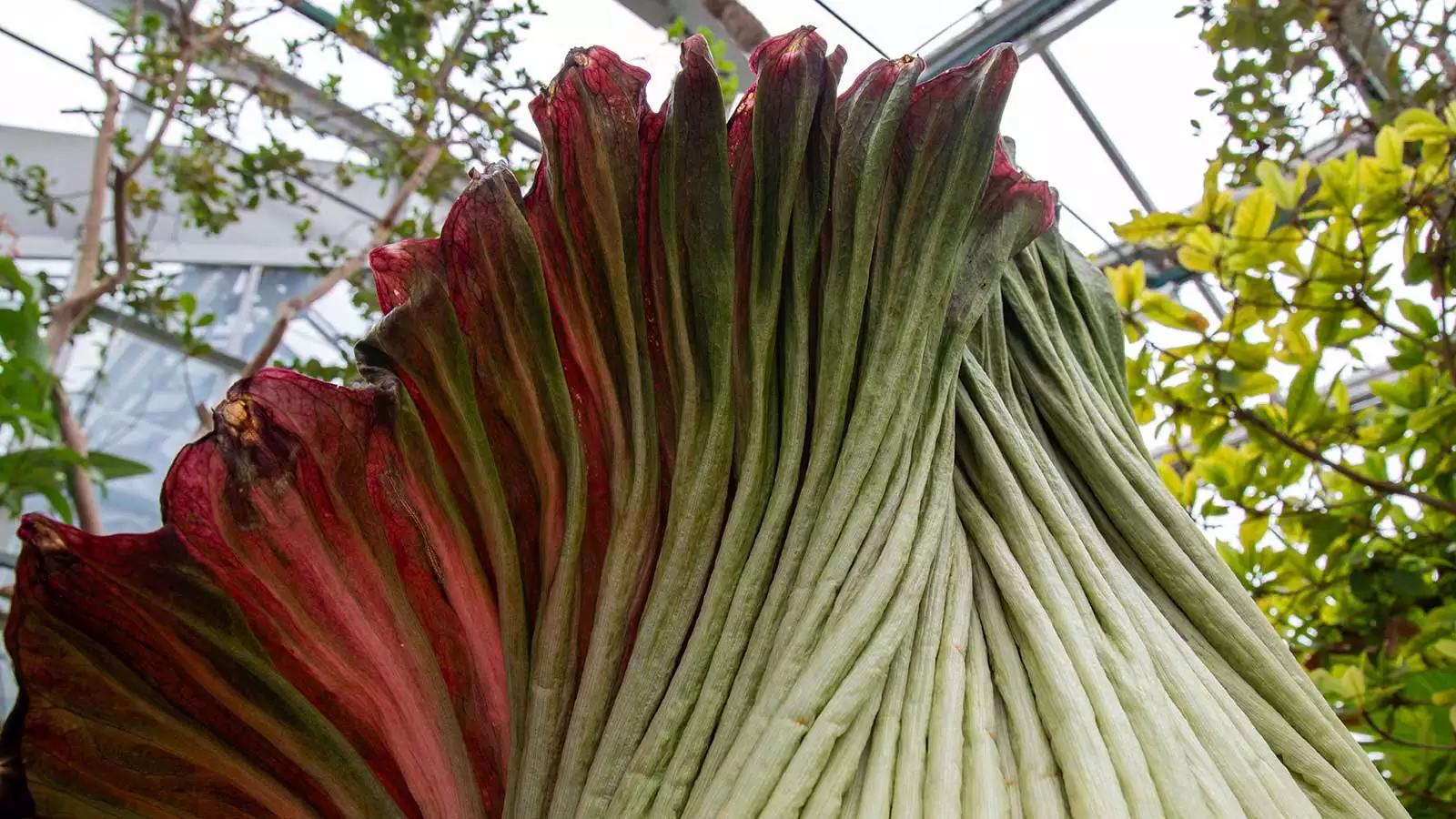
The Oscar-nominated actress says science informs her art and vice versa

The titan arum (Amorphophallus titanum), better known as the corpse flower, is a showstopper — for both its appearance and its pungent smell. People who might not otherwise be drawn to greenhouses and botanical gardens line up to view the massive plant, which often surpasses 6 feet tall and 4 feet in diameter. The stinky bud that bloomed this summer at Barnard’s Arthur Ross Greenhouse attracts similar fanfare. Prior to the flower’s opening, greenhouse director Nick Gershberg power-washed the floors, installed livestream cameras, and readied the flower for the oncoming onslaught. It takes the plant 10 years to reach reproductive maturity before blossoming every two years. The first time the flower opened was during the pandemic, leaving only Gershberg to appreciate its majesty in person. This year, dozens of visitors passed through. In the days leading up to the big event, Gershberg stood admiring a less celebrated moment of the flower’s life span — just before it opened. “It goes from giving some futuristic deco vibes and then the ribbing is like a neoclassical Victorian scarab beetle kind of thing — but really it’s stunning at every stage,” he says.